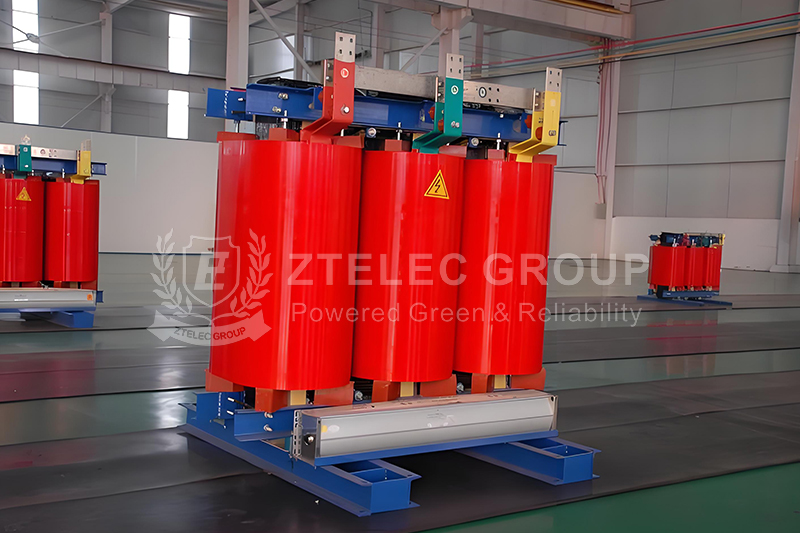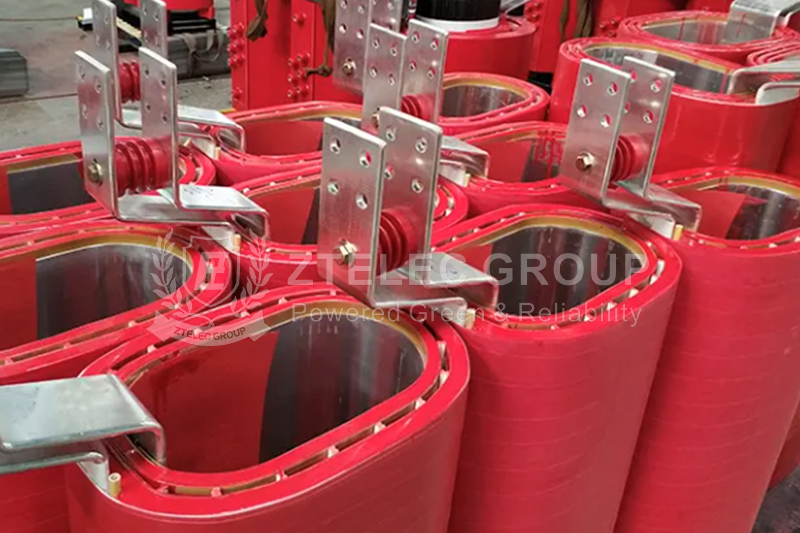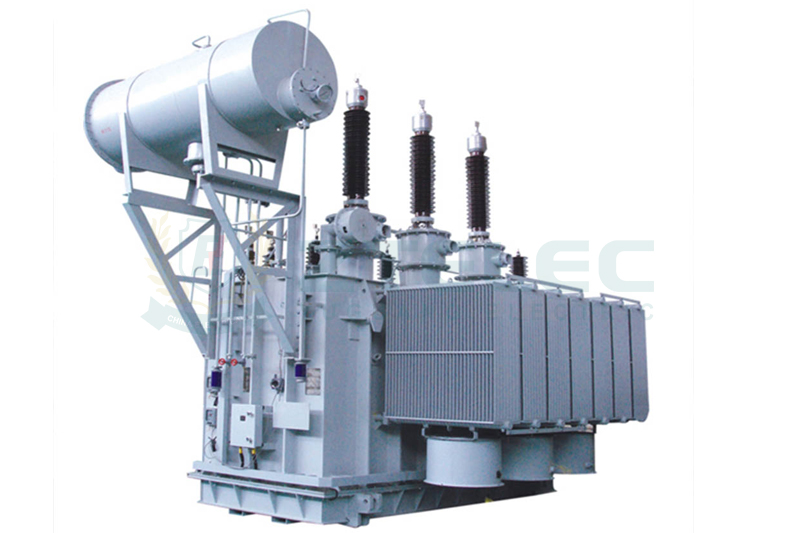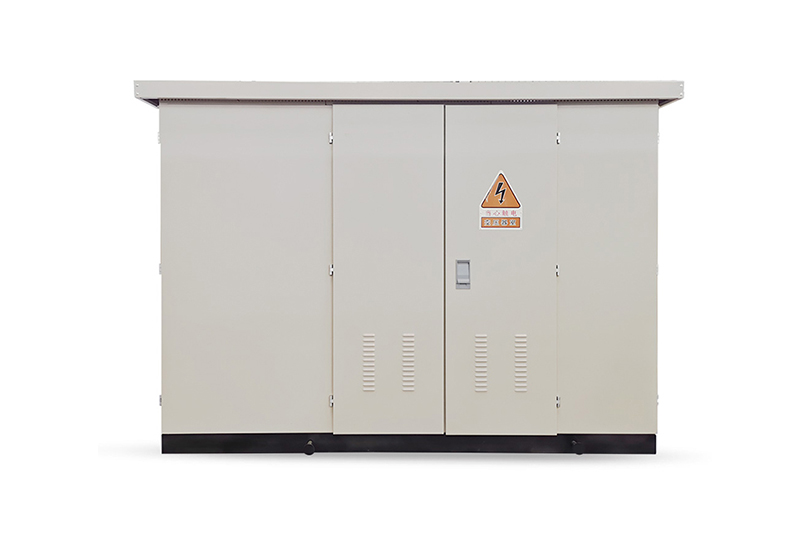Dry-Type Transformer Coil Manufacturing: Design, Materials, and Production Techniques
Time:2025-05-28 Auther:ZTelec-www.ztelectransformer.com
Dry-type transformers play a crucial role in power systems, providing safe and reliable voltage transformation without the use of flammable liquids. The manufacturing process—particularly the design, material selection, and coil production—greatly influences the transformer’s performance, durability, and safety. This article explores each phase of the coil manufacturing process for dry-type transformers, offering insight into best practices for high-performance production.

Transformer Design Specifications
Confirmation of Design Drawings
Accurate design is the foundation of quality manufacturing. Transformer drawings must precisely reflect the production parameters, especially core data such as rated capacity, conductor size, number of turns, and winding structure. For high-voltage windings, tapping positions and turn distribution must be validated. Low-voltage windings require careful checks on winding method (spiral or cylindrical), tap length, and transposition positions.
Insulation and Cooling System Design
The coil’s insulation system and heat dissipation efficiency are critical for stable operation. Optimizing interlayer insulation, end insulation, and air duct design ensures reliability under thermal stress. For example, cylindrical coils typically include a mid-section replacement and use half-folded crepe paper combined with 0.5 mm pressboard and cloth ties to enhance cooling and structural integrity.
Electrical and Mechanical Strength Considerations
Dry-type transformer coils must meet both electrical and mechanical strength requirements. They should withstand rated voltage and overvoltage surges while resisting mechanical stress caused by short-circuit conditions. A continuous coil structure is recommended to improve both rigidity and operational reliability.

Material Selection Standards
Winding Conductor Materials
Common materials include copper foil, aluminum foil, and copper wire. For low-voltage coils (under 1000V), pre-impregnated copper or aluminum foil is often used in combination with epoxy resin to improve flame retardancy and moisture resistance, and to enhance short-circuit performance.
Key Insulation Materials
High-quality insulation is essential. DMD paper is widely used for interlayer insulation due to its combined mechanical and electrical performance. Crepe paper is preferred for transposition and lead insulation. Epoxy resin is used for cast coil insulation and must meet strict thermal class requirements.
Auxiliary Materials
Insulation systems also include materials for interlayer, end, and busbar insulation. These materials must align with the design to ensure compatibility and consistency throughout the winding structure.
Critical Production Techniques
Winding Process Control
Winding is the most critical part of transformer coil production. Each turn must be precisely placed under consistent tension to avoid deformation. Foil winding machines must be equipped with tension control systems to ensure uniform, defect-free winding layers.
Welding Techniques
Welding of coil leads and foil ends must be smooth and free from burrs or weld nodules. Techniques such as gas-shielded welding or cold pressure welding are used, with strict control of current and duration to prevent insulation damage from overheating.
Insulation Processing
Post-winding insulation treatments include wrapping, painting, and vacuum impregnation. For lead insulation, a half-lap method is used, with overlap width being half of the crepe paper’s width. Even thickness is essential to minimize the risk of partial discharge and ensure long-term insulation performance.
Quality Inspection Procedures
Throughout the production process, rigorous quality inspections are essential. Electrical tests such as inter-turn insulation checks using a multimeter, as well as ratio and DC resistance measurements, confirm that the product meets technical specifications and safety standards.
Conclusion and Future Outlook
From design verification to insulation treatment, each step of dry-type transformer coil manufacturing requires precision and control. As power distribution systems evolve with smart grids and renewable energy integration, transformer production is shifting toward higher efficiency, reduced loss, and intelligent monitoring. Engineers and researchers in the transformer industry must stay informed of trends and continuously improve manufacturing processes to meet future challenges and promote the evolution of power infrastructure.




